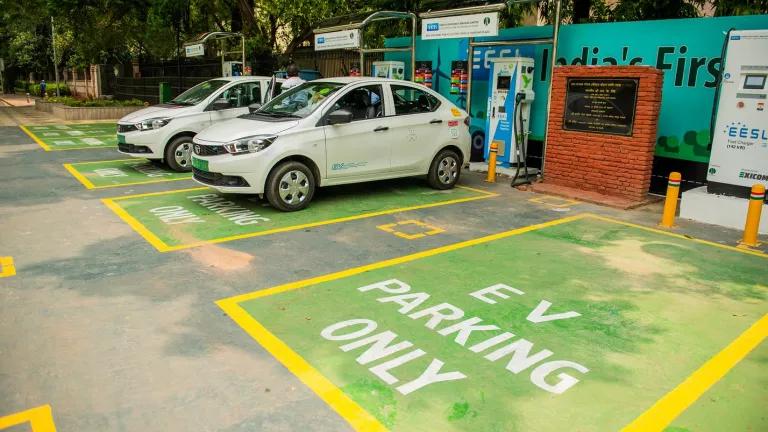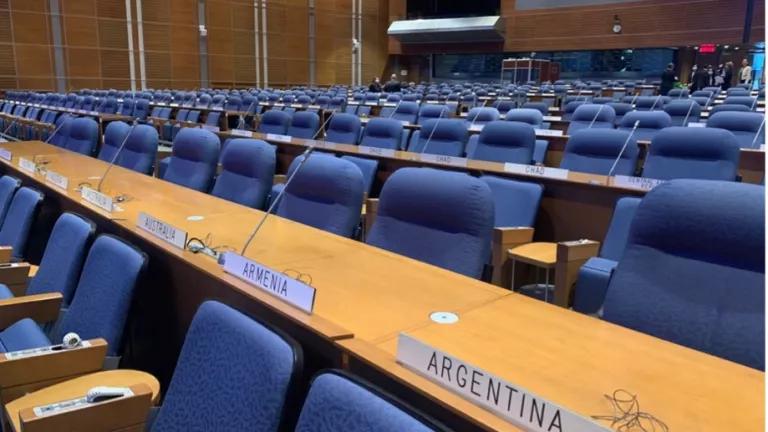Guest blog by Bhaskar Deol, NRDC Representative in New Delhi
Progress on tangible climate action is taking place in New Delhi this week. India's Ministry of Environment, Forests and Climate Change is hosting a high-level industry and government meeting in the city to talk about new and upcoming climate-friendly technologies that will be instrumental in a global phase down of hydrofluorocarbons (HFCs). HFCs are one of the six greenhouse gases and very potent contributors to global warming, most prominently being used in the room and mobile air conditioning sectors worldwide. The timing of this consultation is ideal, as it comes on heels of new research finding that if no action is taken, India's HFCs emissions alone could contribute to half a billion tonnes of global warming carbon dioxide emissions by 2050.
The Council on Energy, Environment and Water (CEEW), a Delhi based think tank and partner of NRDC, recently released these findings from their research paper, "India's Long Term Hydrofluorocarbon Emissions," at an industry-government roundtable event. CEEW's research comes six years after leading atmospheric scientists first highlighted the climate impacts of rapid growth of HFCs in 2009. It strengthens the argument for countries to take concrete action by amending the Montreal Protocol this year and begin the process of phasing down HFCs.
This research is an important step forward in deepening the understanding of the climate consequences of rapidly increasing use of HFCs in the country. The analysis establishes the baseline, or 'business as usual' scenario for India's HFC emissions till 2050, and is the first of this kind for the Indian economy. It helps identify specific sectors that contribute the majority share of emissions. CEEW's analysis is also unique because - unlike global models that use macroeconomic indicators such as GDP, population growth, and air conditioning penetration to estimate HFC emissions - this analysis is based on sector-by-sector calculations considering market penetration, actual quantities of HFCs used in equipment, likelihood of leakages, and other parameters to come up with a 'bottom up' assessment of national emissions.

Source: CEEW Publication Cover Art
Here are some of the report's key findings:
- India's total HFC emissions could reach 500 million tonnes CO2 equivalent by 2050. Based on a range of scenarios evaluated, CEEW estimates that actual impact could vary between 300 - 645 million tonnes CO2 equivalent by 2050.
- Residential and commercial cooling sectors combined will be responsible for nearly two-thirds of India's total HFC emissions by 2050 (35% and 28%, respectively).
- Mobile air conditioning in automobiles, and commercial refrigeration in supermarkets are other significant contributors with 15% and 14% of emissions, respectively.
- An outsized proportion of commercial refrigeration's total emissions come from HFCs. The high rate of leakages prevalent in this sector results in a near doubling of its CO2 emissions resulting from energy use.
These findings reinforce previous research that has shown the dangerous climate impacts of unrestrained growth of HFCs in India and across the globe. For example, during the recently concluded Montreal Protocol meeting, the same team that published the 2009 paper, presented research that showed India's HFC emissions in 2050 could be in the neighborhood of 300 million tonnes CO2 equivalent. This shows a remarkable degree of agreement between researchers on India's HFC emissions pathway if no action is taken to address them.
It is evident that scientists agree that rapid growth of HFCs stands to undermine global efforts to mitigate CO2 emissions. In fact, phasing down these gases has been identified as the low hanging fruit in addressing global warming. CEEW's analysis has shown that for India, impact of emissions on the climate and environment are significant and rapidly mounting, with a small number of key sectors holding large potential for reduction. Global leaders have an unprecedented opportunity to come together at the forthcoming Montreal Protocol meetings in July and November, building upon global support for the phase down of HFCs, to take action on these pollutants.
CEEW's report is available here: http://ceew.in/pdf/ceew-indias-long-term-hydrofluorocarbon-emissions-29-may-15.pdf



